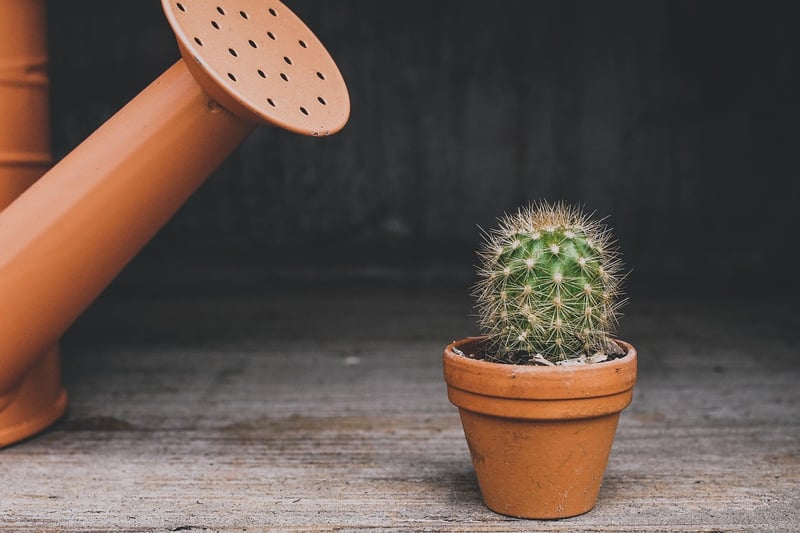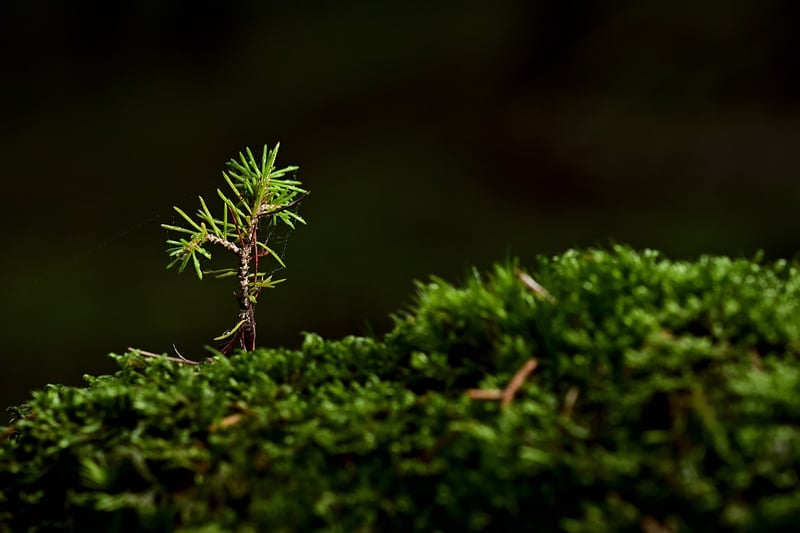Watering Techniques
Plant Care Guidance and Watering Techniques
Introduction
Welcome to our comprehensive guide on plant care and watering techniques. Whether you're a seasoned plant enthusiast or just starting out with your indoor garden, understanding how to properly care for your plants and water them is crucial for their health and growth.
1. Understanding Your Plants
Before diving into watering techniques, it's essential to understand the specific needs of your plants. Different plants have varying requirements when it comes to sunlight, humidity, and watering frequency. Research the specific care instructions for each plant in your collection to ensure they thrive.
2. Watering Techniques
Watering is one of the most critical aspects of plant care. Here are some essential watering techniques to keep your plants healthy:
2.1. Checking Soil Moisture
Before watering your plants, always check the moisture level of the soil. Stick your finger into the soil about an inch deep. If it feels dry, it's time to water. If it's still moist, hold off on watering to prevent overwatering.
2.2. Watering Frequency
The frequency of watering your plants will depend on factors like the plant type, size of the pot, and environmental conditions. In general, it's better to underwater than overwater. Most indoor plants prefer to dry out slightly between waterings.
2.3. Watering Techniques
When watering your plants, aim to water the soil directly at the base of the plant. Avoid getting water on the leaves as this can lead to fungal diseases. Use a watering can with a narrow spout for precise watering.
3. Signs of Overwatering and Underwatering
It's essential to recognize the signs of overwatering and underwatering to adjust your watering habits accordingly:
- Overwatering: Yellowing leaves, mushy stems, and moldy soil are common signs of overwatering. Allow the soil to dry out before watering again.
- Underwatering: Drooping leaves, dry and crispy foliage, and soil pulling away from the pot's edges indicate underwatering. Give your plant a thorough watering and adjust your watering schedule.
4. Conclusion
By understanding your plants' needs and following proper watering techniques, you can ensure your indoor garden thrives. Remember to observe your plants regularly, adjust your watering routine as needed, and enjoy the beauty of your green companions.
Happy gardening!


